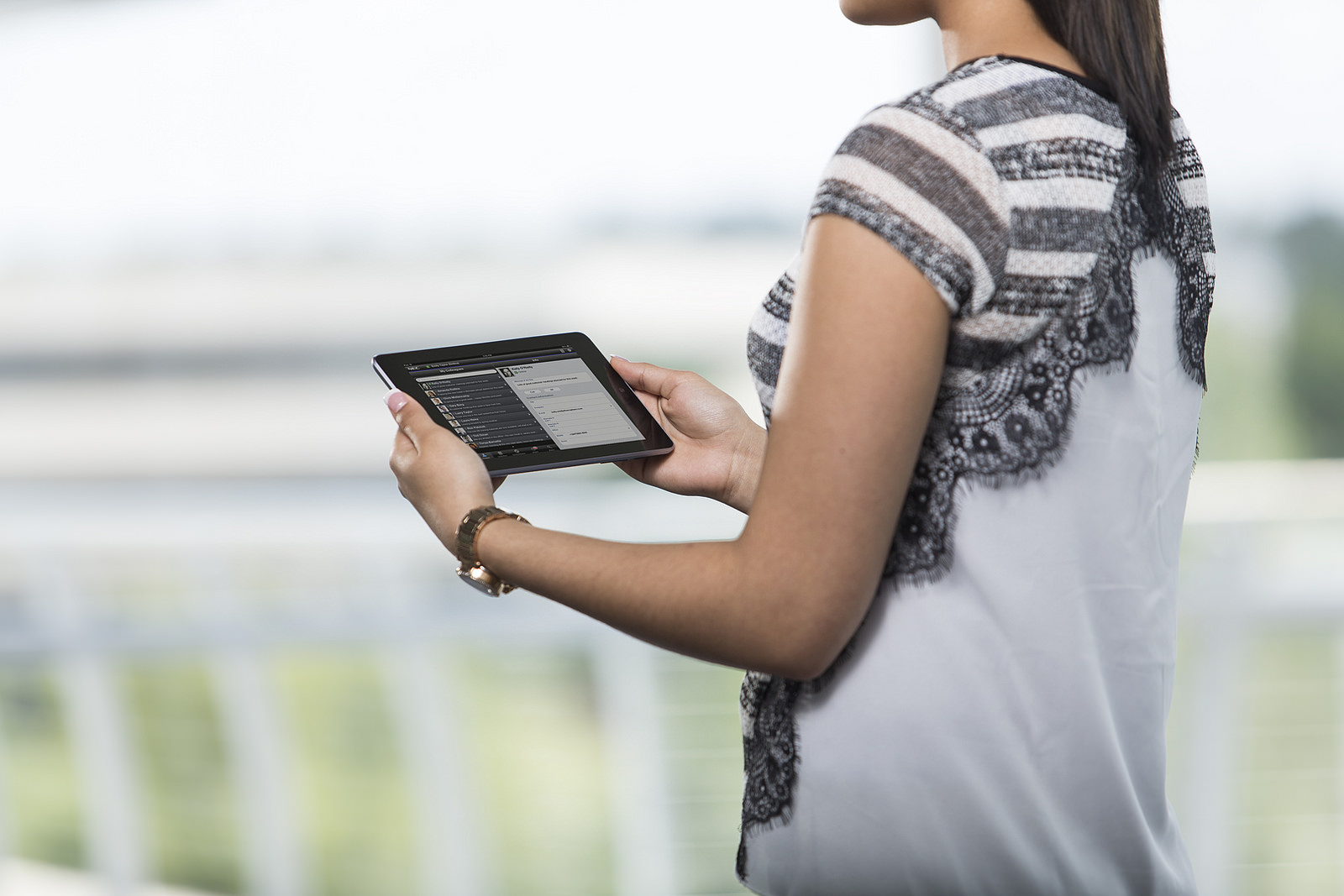 During this semester, I have used SRES to take attendance, mark pre-work and collect students’ lab results which was previously collected by circulating a sheet of paper around the class. I have found that SRES is particularly useful as it is time-saving and it generally provides me with the opportunity to interact with students during data collection. For taking attendance, I have found the time-stamping function to be particularly useful as I am able to see precisely when each student was signed into class. Furthermore, as data inputted to SRES is uploaded in real-time, I am able to keep track of students in classes anytime, anywhere.
During this semester, I have used SRES to take attendance, mark pre-work and collect students’ lab results which was previously collected by circulating a sheet of paper around the class. I have found that SRES is particularly useful as it is time-saving and it generally provides me with the opportunity to interact with students during data collection. For taking attendance, I have found the time-stamping function to be particularly useful as I am able to see precisely when each student was signed into class. Furthermore, as data inputted to SRES is uploaded in real-time, I am able to keep track of students in classes anytime, anywhere.
This provided two additional opportunities to interact with students when marking pre-work and collecting their lab results. Generally, collecting results using SRES is a more efficient mode of data entry and students are generally impressed by the efficiency, “Wow, so fast” they would say. It gives me a better chance at remembering their names, and even this is a small thing, I think it is still important and it is apparent that students are pleased when they notice that their names are remembered. At best, one could hope that this would lead to feelings of inclusiveness and likelihood of increased student engagement. At the very least, SRES has provided students a additional points of contact with instructors to discuss results and clarify ideas. Hence it is obvious that I will be using SRES in future classes.
I’m looking forward to further developments in SRES, hopefully to include features like allowing data to be aggregated and mathematical operations to be performed, or data visualisation and predictive modelling!
